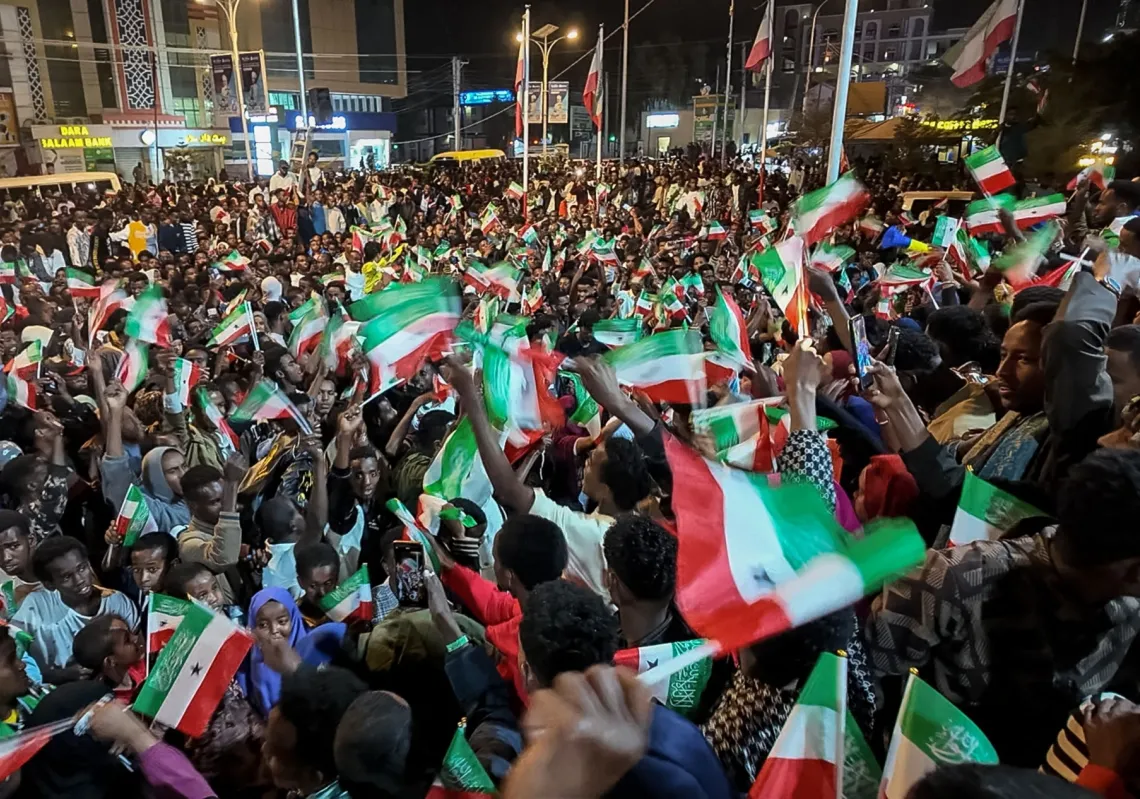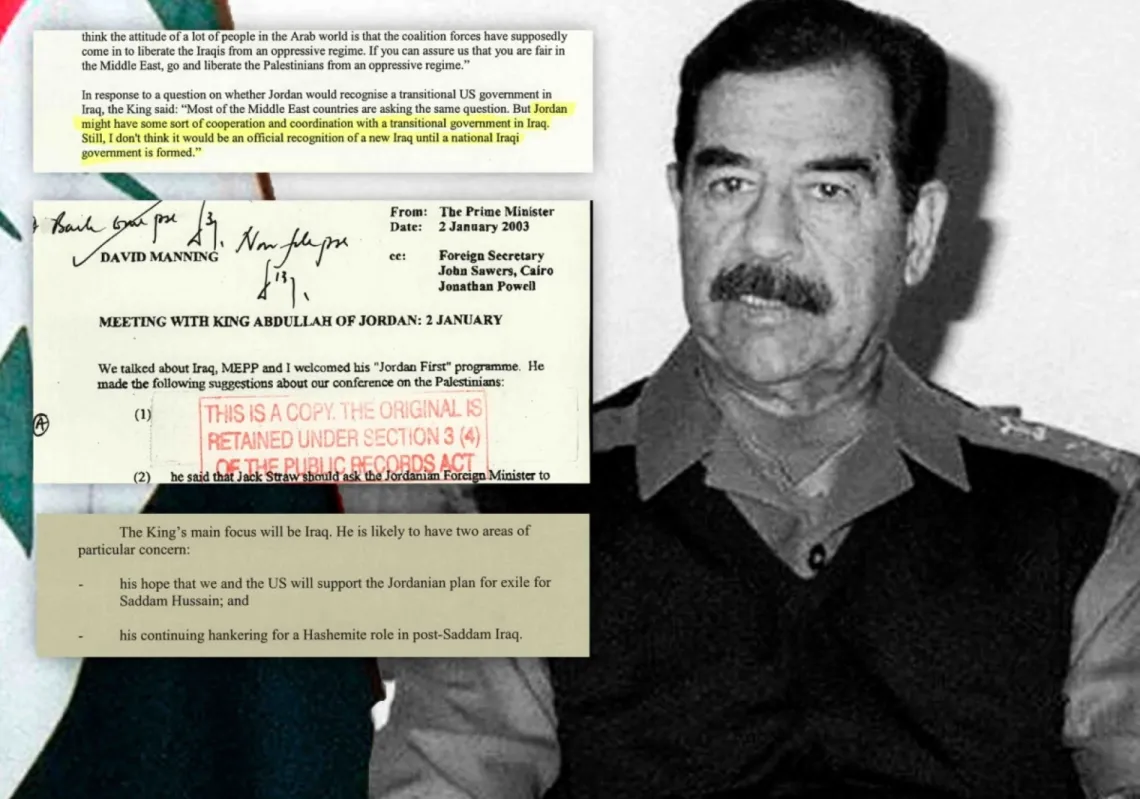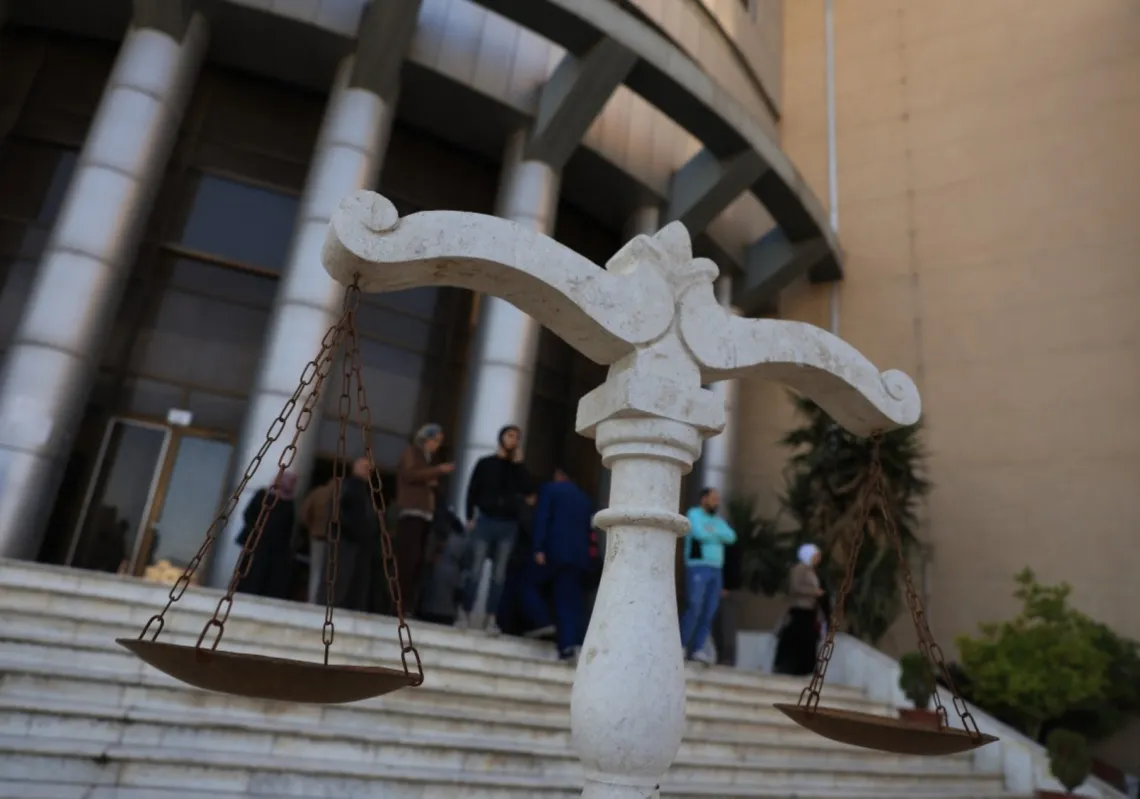The first major American military intervention in the Middle East took place in the aftermath of Iraq’s invasion of Kuwait in 1990, when nearly 400,000 soldiers were sent to the region as part of Operation Desert Shield. After the liberation of Kuwait, about 10,000 troops stayed in the region, to be increased about ten years later to nearly 200,000 troops as part of the allies total force of about 300,000 soldiers that invaded Iraq in 2003.
In 2011, at the beginning of Libya’s civil war, the US, without sending land troops, bombed former President Muammar Ghaddafi’s military installations and established a no-fly zone over Libya.
At the same time, with the start of Syria’s civil war, the US started supporting and training about 10,000 rebel fighters at a cost of about a $1 billion a year. Shortly thereafter, in 2014 under Operation Inherent Resolve, the US military intervened in Syria first against Syrian government military installations, then by launching the massive campaign against ISIS. While most of the intervention was by the air forces, ground troops were involved, particularly special forces and commando operations – last month, about 700 US ground troops were involved in controlling a jail that was taken over by ISIS.
According to this book, the US troops almost intervened in Syria in 1919. At that time, the Ottoman Empire was falling rapidly after its defeat in World War l, and Western powers gathered in Sevres, France, to partition the remains of the Empire. France took Syria and Lebanon while Britain took Palestine.
That was when organizations of Arab immigrants in the US sent delegations to France in support of an American occupation of Syria and Lebanon, in place of that by France.
In 1918, on a cold January day at New York harbor, Rev. Abraham Rihbany, from Shwayr, Lebanon, and a prominent leader among Arab immigrants, boarded a ship to France as the head of a delegation to negotiate about the future of the Arab countries. At his farewell were fellow immigrants Ibrahim Al-Khuri and Wadi’ Shakir.
The event was reported in “Fatat Boston” (Boston Girl), an Arab publication that had been launched a few years earlier.
During World War I, in Fatat Boston and other Arab-American publications, Rev. Rihbany wrote extensively on “Americanism,” “East-West” cultural exchanges and the “Fourteen Points” that had been declared by then President Woodrow Wilson calling for self-determination of the peoples that were being ruled by European powers.
Ribhany wrote: “America is free from personal ambitions and has demonstrated its disinterest in this war. America has earned the respect of nations in the East and in the West.”
Among the documents of support that he carried with him to France was a letter from Senator Henry Cabot Lodge, Chairman of the Senate Foreign Relations Committee and father of Henry Cabot Lodge, Jr., a prominent senator and politician about half-a-century later.
However, France, with the help of Britain, locked the doors of the Sevres conference in front of Arab delegations, particularly those from the Americas. According to this book, the two countries “employed procedural tactics to block appearances by delegates with goals contradicting their own regional claims … The conference, therefore, constructed a significant legal fiction: That the Arab Middle East lacked a viable means to independence and required foreign tutelage.”
Among the petitions to Sevres conference, accepted or not, was one that argued that the US was “the champion of liberty, not only in words, but, also, in deeds.” The US was called upon to “do the work of a liberator and educator.”
By that time the US expansion westwards had taken over almost all the states of the midwest, the south-west and the Pacific coast, and Arab-Americans raised the slogan: “America, Go East.” “America could go into Syria as a friend and helper, not only as a power that is free from the age-long European complications and without the craving for a ‘sphere of influence’ for herself, but with the tangible fruits of a vast and successful experiment in peacefully welding together many racial elements together and making them one free and enlightened nation.”
The campaign found its way to Robert Lansing, Secretary of State, and the military in the would-be Pentagon started drawing scenarios for sending troops to Syria and Lebanon. A new phrase spread, “the US mandate is an interesting proposition.”
The campaign reached the Middle East, and in Cairo, Lebanese-Egyptians Faris Nimr and Ya’cub Sarruf, owners of “Al-Muqataf,” and “Al-Muqattam,” publicized the campaign. There were reports that the British, who were the de facto rulers of Egypt, might support the American intervention so as to defeat the French, their arch-enemies.
The US, having never declared war on the Ottoman Empire, continued its position of “neutrality” that it had earlier abandoned when it declared war on Germany. The US seemed to want to leave the door open for a friendly relation with the Turks, and it was one of the first countries to recognize the Kemal Ataturk Revolution.
The Arab-American campaigners for the US rule of Syria and Lebanon, instead of France, were optimistic that the Turks might help, but the relations between the US and the Ottomans had drawbacks that became obstacles:
First, the above-mentioned French blocking of their access to Sevres conference. The French even blocked the results of the King Crane Report that declared that the ‘majority of Syrians … favored an American mandate.”
Second, the anger of Sultan Abdul-Hamid towards the US because of what he said was its anti-Muslim policies— in Turkey, supporting the Christian Armenians, and, in Philippines, crushing Muslim jihadis who were fighting American rule there. Jewish US ambassador to the Ottoman Empire Oscar Straus was not helpful.
-----
Book: “Between the Ottomans and the Entente”
Author: Stacy D. Fahrenthold
Publisher: Oxford University Press
Paper pages: 240
Paper edition: $21.08
Electronic edition: $14.57












